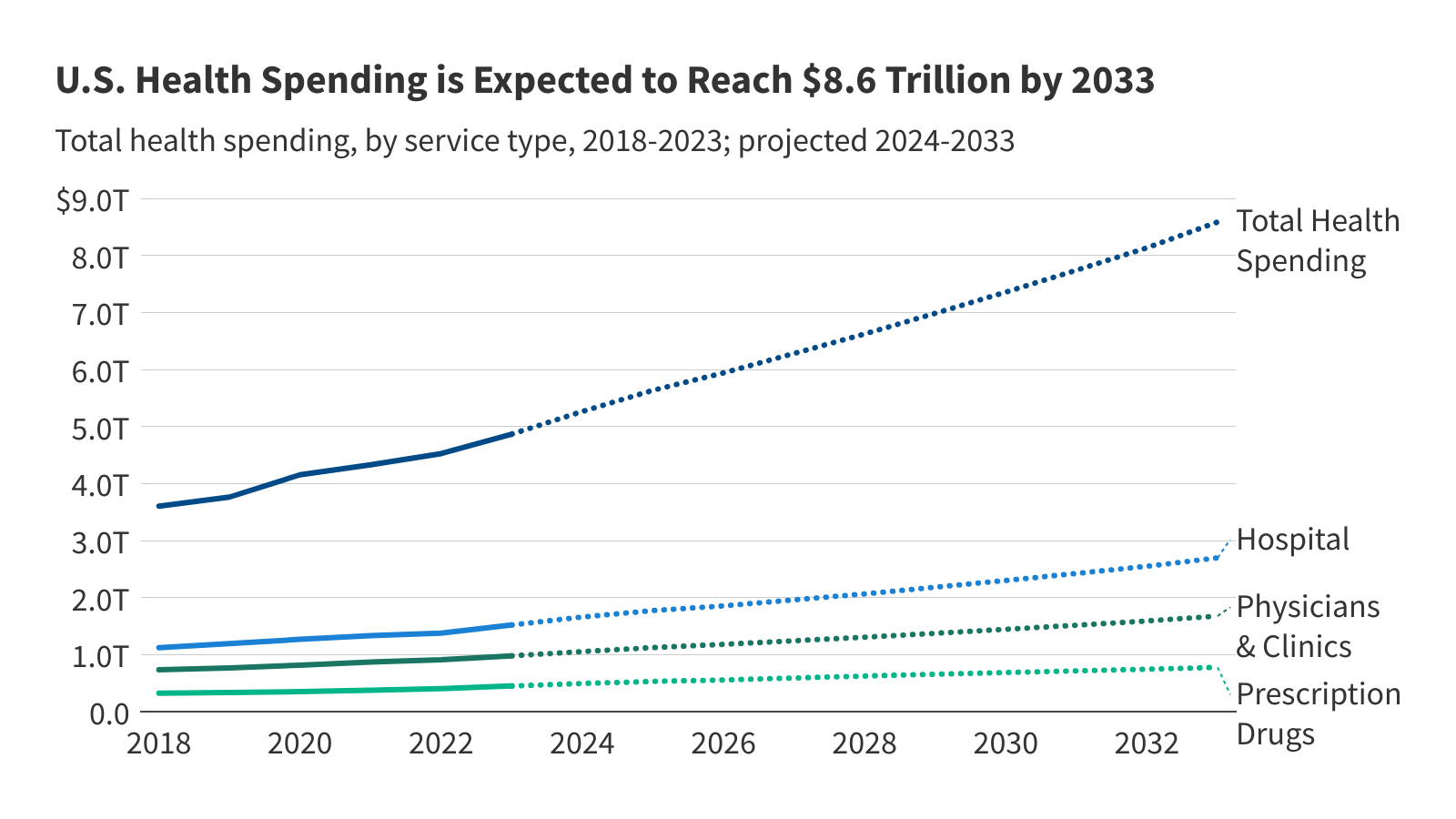Health Centers’ Role as Safety Net Providers for Medicaid Patients and the Uninsured
This issue paper profiles the role America's health centers have played in providing care for Medicaid patients and the uninsured. The paper presents information on health center patients and revenue sources and analyzes similarities and differences both between health centers and private practices and among health centers.












